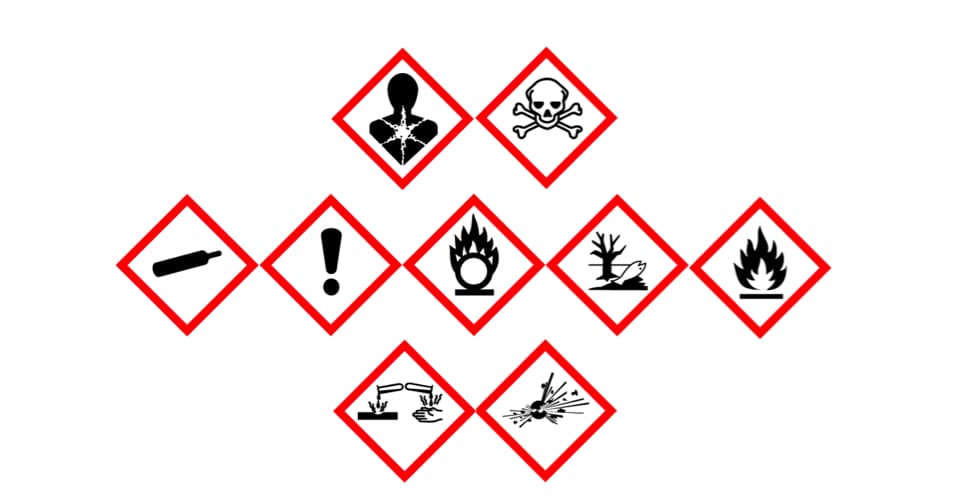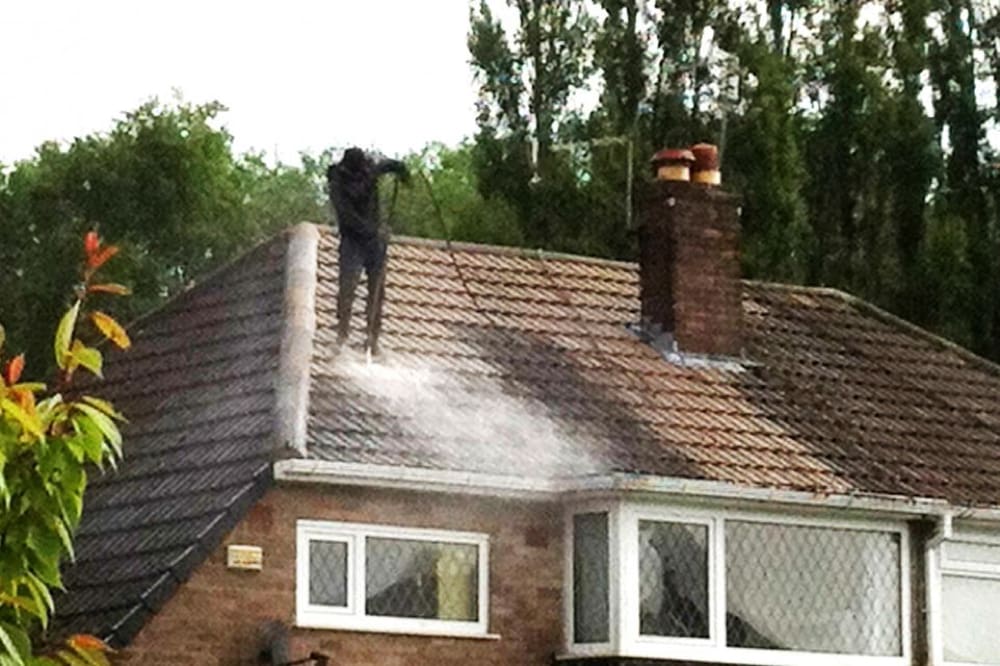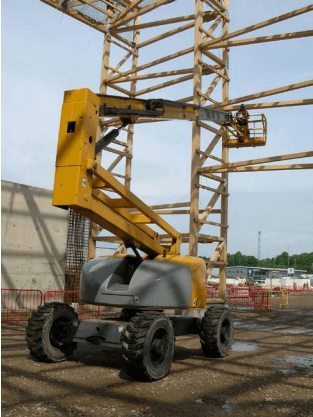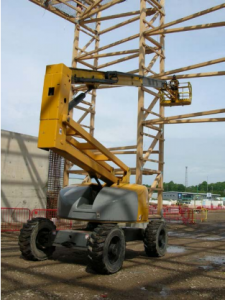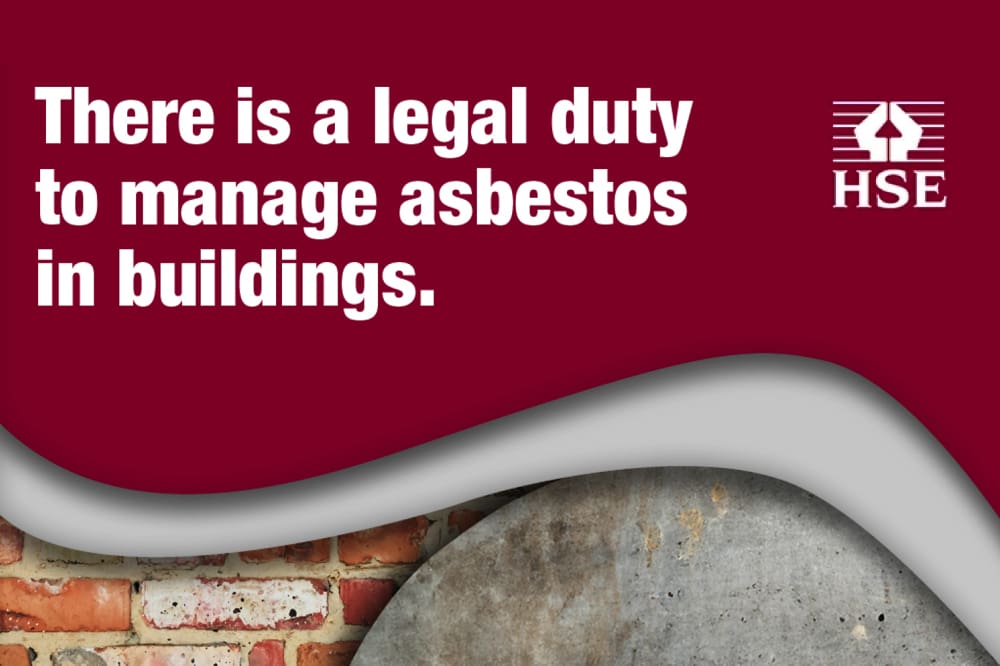Common reasons for accidents in the workplace
Depending on which industry you work in there are a different variety of hazards you may come into contact with.
One example is an office worker is much less at risk from being burnt than a chef as you would expect.
There is however a range of common accidents and injuries which occur across all occupational sectors – and slips / trips and falls invariably top the table.
In 2013/14
- over half the fatal injuries to workers were of three kinds: falls from height; contact with moving machinery; and being struck by a vehicle (RIDDOR)
- falls and slips & trips, combined, account for over a third (35%) of employee injuries. They made up more than half of all reported major/specified injuries and almost three in ten (29%) over-seven-day injuries to employees (RIDDOR)
- handling was the most frequent cause of over-seven-day injury (RIDDOR)
- an estimated 1.9 million working days were lost due to handling injuries and slips & trips (LFS).
Up to date HSE statistics
Overall, the three most common types of accident/injury were:
- Trips/slips or falls
- Machinery / Moving Objects
- Manual handling/lifting
Some of the most common injuries were:
- Sprains and strains
- Back injury
- Head injury
- Neck injury
- Repetitive Strain Injury
Most Common Risks
Overall, slips/trips and falls or damage caused by manual handling/lifting remain the main culprits of injury in the workplace.
Some of these risks may have been able to be managed if a risk assessment and workforce training had been carried out. If you need an up to date risk assessment or tool box talks download our free documents below:
Slips, Trips and Falls Tool Box Talk
Safety online training
Training is the key to reduce the most common accidents in the workplace.
Our online training is designed for your employees to be able to complete it when it is most convenient for them at work or home. The training is multiple choice and lasts for approx. 1 hour.
Why our Online Training is different
- Our course is priced for all businesses at £25 + vat per delegate
- Mobile friendly
- We have an online platform that businesses can create an account and allocate employees training purchased
- Managers are able to see each employees progress
- We allow up to two resets before the course is considered as a fail
- Try our training for FREE






